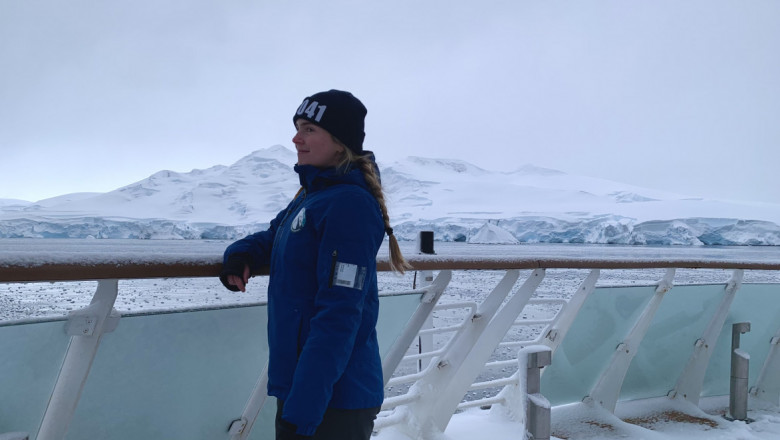
Breathing in the peace and stillness during our first evening in Antarctica. (Courtesy of Agam Dhingra)

Breathing in the peace and stillness during our first evening in Antarctica. (Courtesy of Agam Dhingra)
“The greatest threat to our planet is the belief that someone else will save it.” In March 2022, I journeyed to Antarctica with ClimateForce 2041 alongside polar explorer Robert Swan OBE, the first man in history to walk to both the South and North Poles. Throughout the course of the expedition, the true meaning of Rob’s message unfolded itself to me.
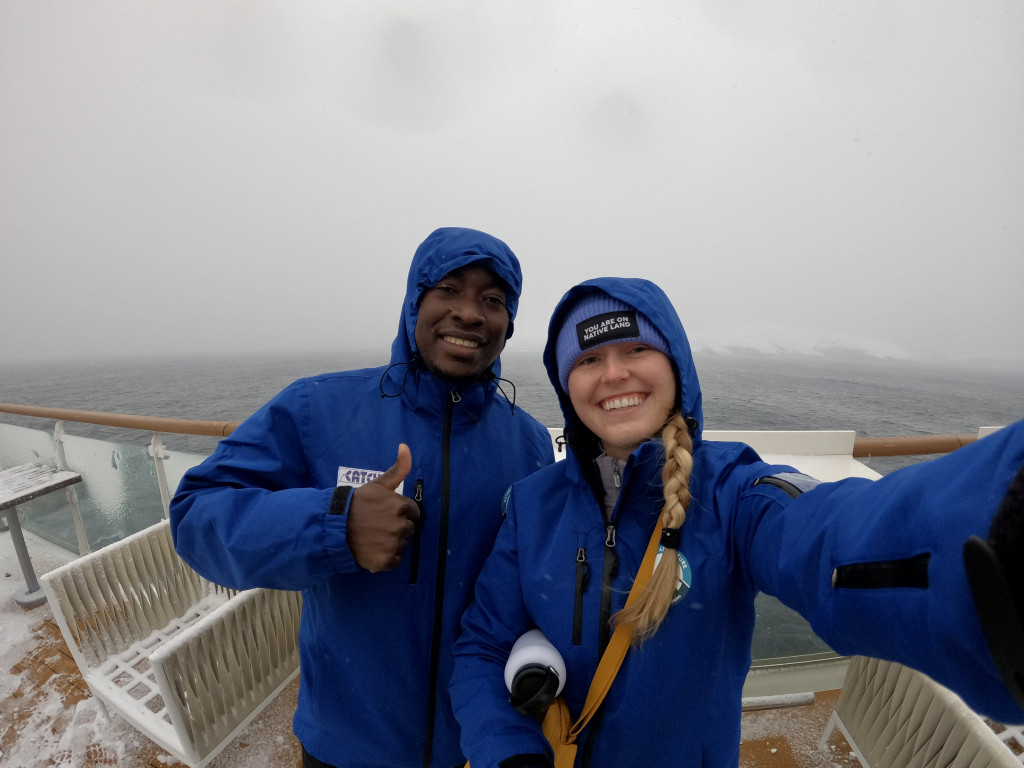
I traveled to “the end of the world” alongside climate leaders from over 36 countries, gathered to learn and connect over climate change mitigation.
To get there, we had to endure the 30-foot waves of the Drake’s Passage tossing us back and forth with formidable force. But as the ocean calmed, a glacier materialized out of the mist suddenly, jarring us out of our stupor.
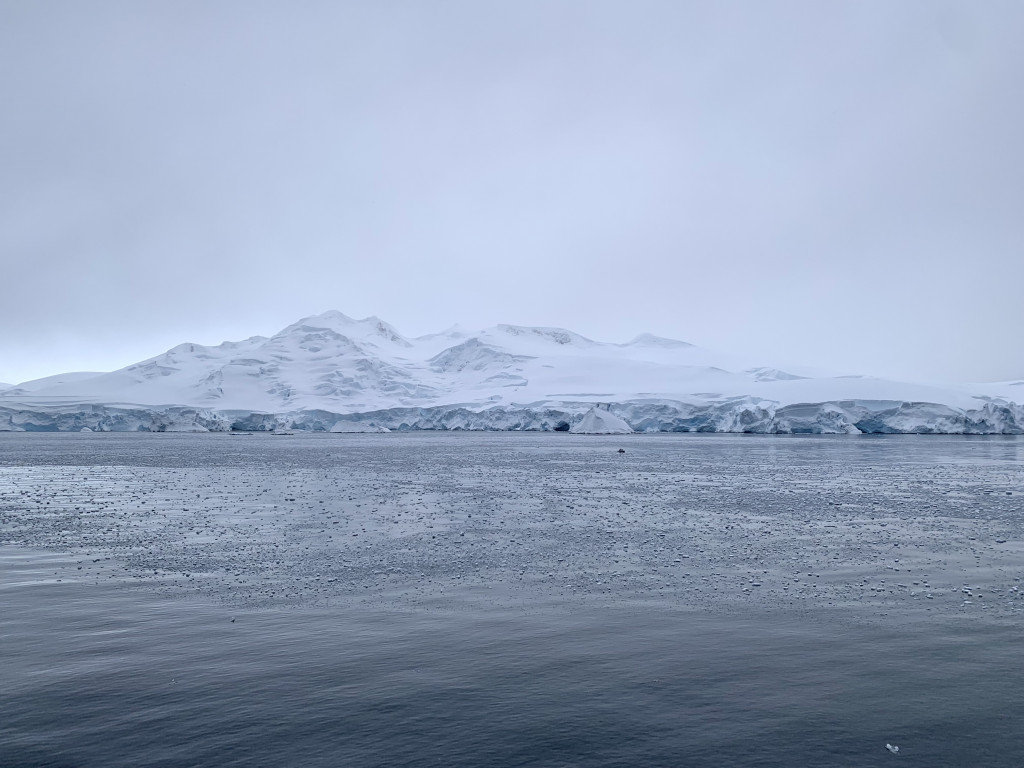
The moment was one of pure wonder and elation – bundled up against the wind and snow, everyone sprinkled onto the deck to soak it in together. Our first excursion took us out onto Antarctic waters, stepping from the sturdy ship into little Zodiac boats.
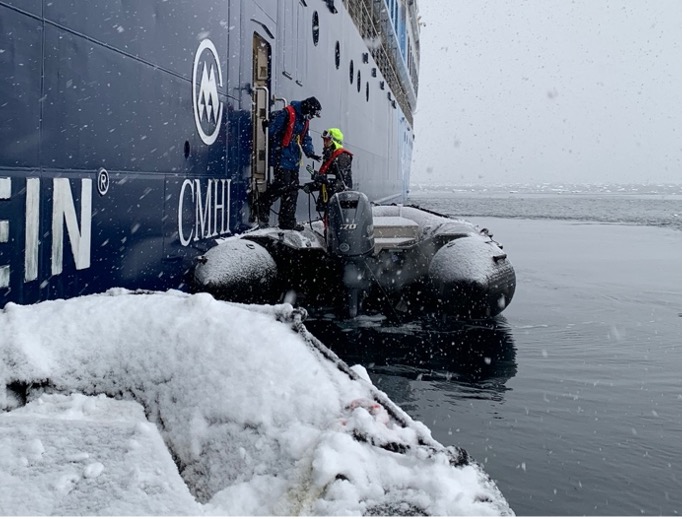
The enormity hit us then. The peace of the place is indescribable. The quiet, unfathomable. The awe and inspiration completely underestimated.
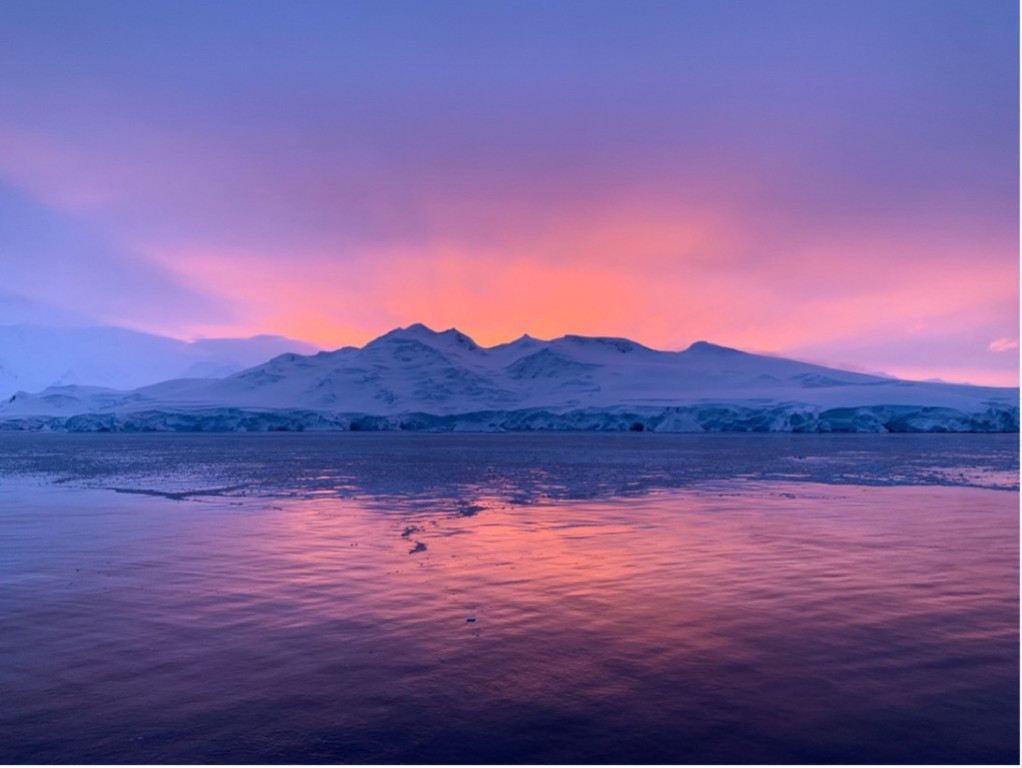
The following days, we experienced honest, raw interactions with the animals and landscapes of the Antarctic.
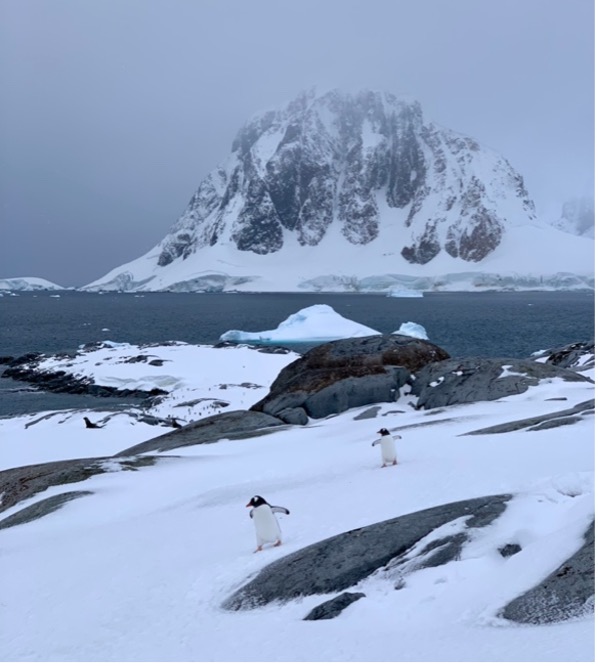
The weather brought us harsh wind, soft snow, blizzarding and radiantly crisp blue skies, sometimes all within a matter of hours. In Antarctica, the powerful notion of our planet as a living and breathing ecosystem came through with such strength.
But even immersed in the most untouched, pristine habitat on Earth, it wasn’t long until the effects of climate change reached us. In early March, news had spread about a heatwave on the Antarctic Plateau. The Concordia Research Station in East Antarctica measured a temperature record high of -11.8 degrees Celsius, 40 degrees above the month’s average. Scientists reported they had never seen weather behavior like this in the history of Antarctic weather recording. During our expedition, the typical Antarctic snow turned to rain. Rob shockingly revealed that in the dozens of times he had visited Antarctica, this was the first rain he had witnessed.
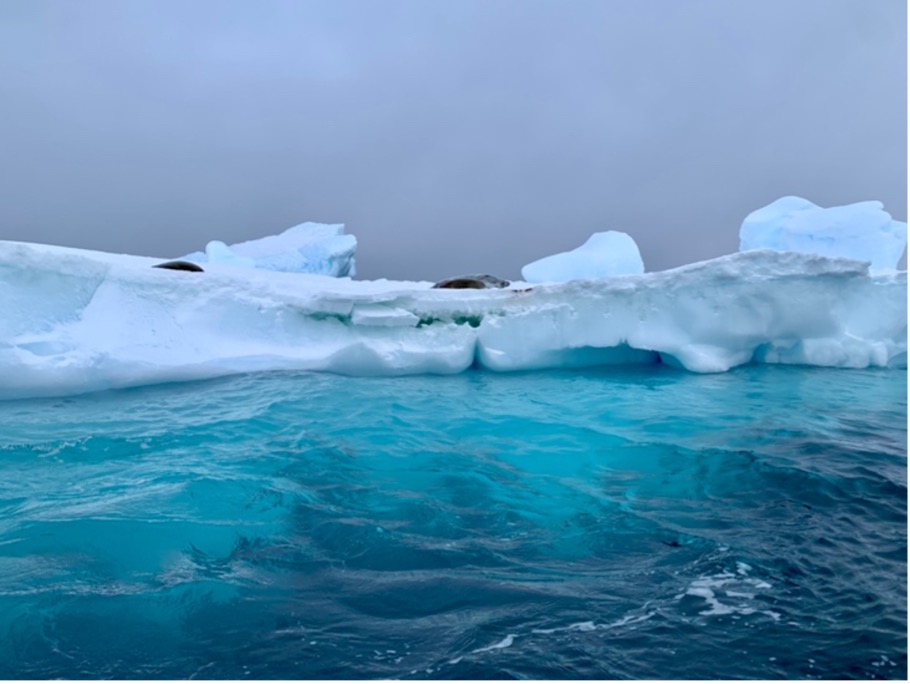
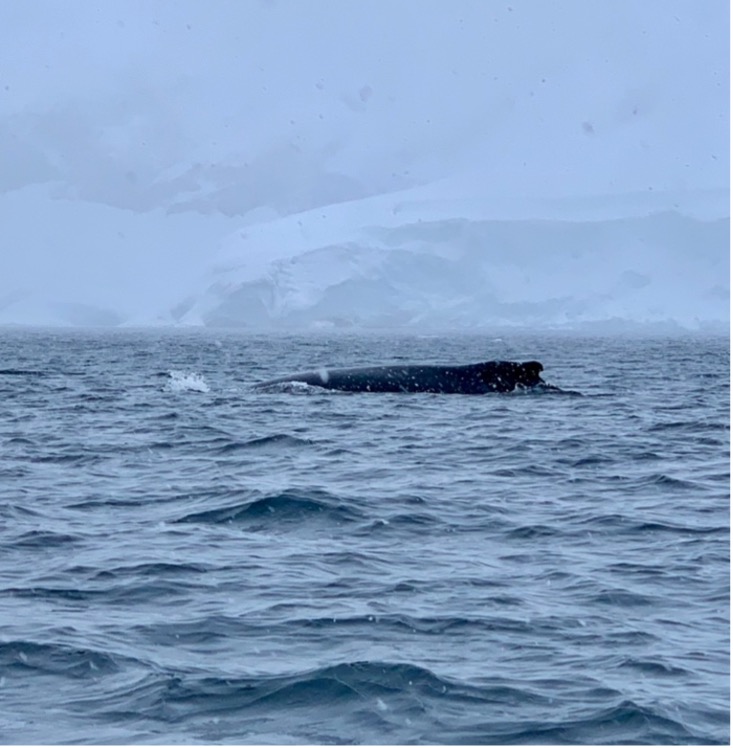
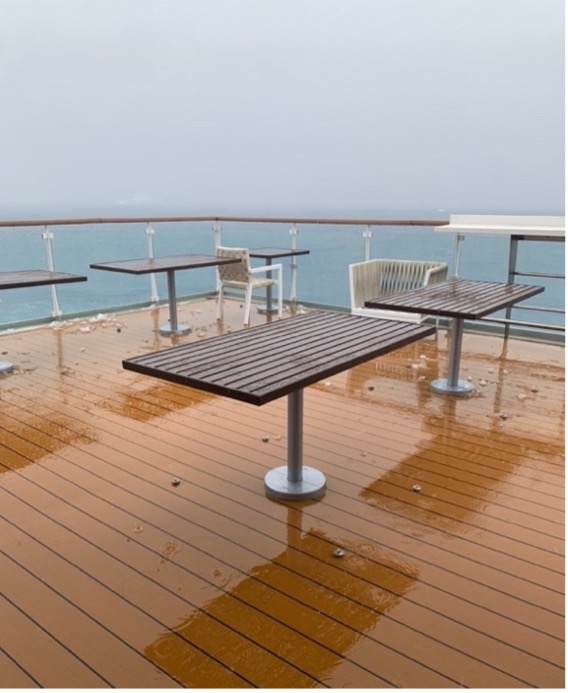
Witnessing climate change firsthand in a place so far away from the human-inhabited world hit me with massive impact. In the face of these monumental problems, it can feel like nothing you can do will make a difference. But as Rob reminds us, believing we can’t make a difference or that someone else will instead is the greatest danger of all.
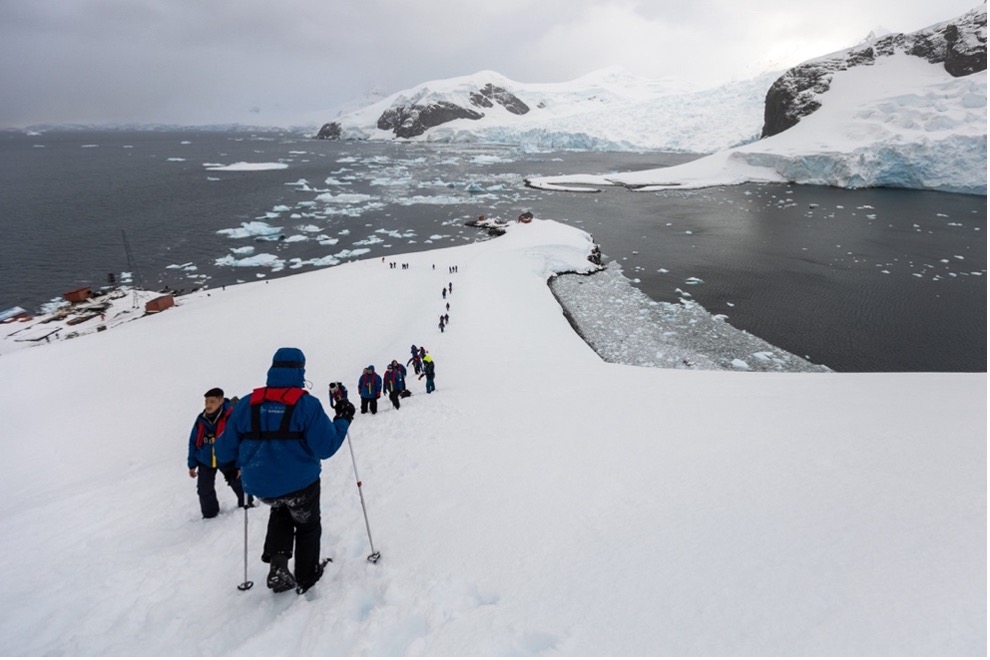
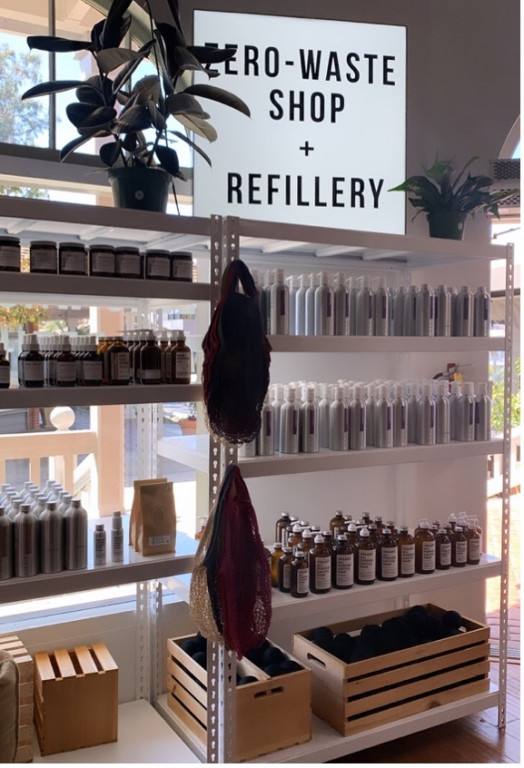
Climate change is such a complex issue that it can be difficult to know where to begin and what can make the most impact. This is especially true since there are multiple related issues plaguing our environment at the same time, such as plastic pollution, excess waste and habitat destruction. I’ve found that it is easiest to start wherever you can find the greatest sense of fulfillment from your impact. Easily implemented but effective changes help break through the barrier to habit change people so often face. When I returned from Antarctica, I had more motivation than I’d ever had before. I felt where I could make the most immediate impact in my life was to move toward a less-waste lifestyle.
I swapped out my single-use bath and kitchen supplies for reusable alternatives. Now whenever I order food or a drink to go, I bring my own containers or ask if they can serve me with washable dishes rather than plastic ones.
Here are some other simple action steps you can take now:
One of the most important things you can do is talk to others about climate change in your community. Have conversations on what you’ve noticed about the climate, share sustainable news and practices that interest you and discuss what the best ways are for you personally to contribute to climate mitigation. This can be the most powerful step of all. Conversation is a necessity in creating change in this world. You could talk with your professors and peers about how sustainability plays a role in your area of study and engage with politicians through discussion and voting. The most valuable contribution we can give comes from collaboration: the exchange of ideas big and small, working and creating, together. United, we can make all the difference in the world, for the world.